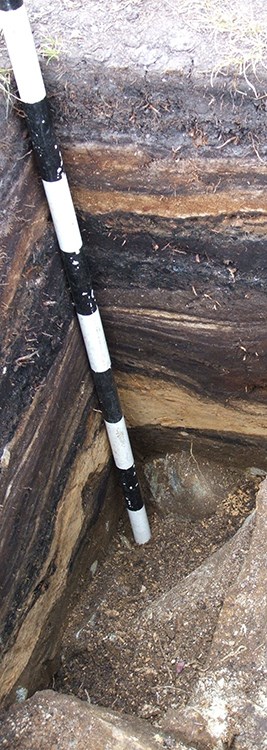

Photo published in Archaeology in Washington by R. Kirk and R. Daugherty, 2007, University of Washington Press. IntroductionEven today, there are anthropologists who assert that Northwest Native People were so river and ocean oriented that they all but avoided the mountains—but archeological data from Cascade Pass directly contradict this historically popular myth. Artifacts associated with ancient campfires reveal that Native crossings of the rugged North Cascades began at least 9,600 years ago, and recurred with such consistency that crossings became a traditional cultural activity embedded in the histories and oral literature of many bands living on both sides of the range. Current StatusExploratory archeological excavations at the pass were completed in the summer of 2011. Excavation results will be published in a refereed professional journal article that is currently in preparation. Selected and preliminary results have been published already in several books and articles. DiscussionCascade Pass is the oldest radiocarbon-dated archeological site in the park and the only well-dated alpine site preserving five separate cultural layers and time periods. The artifact assemblage is dominated by microblades (tiny stone blades with razor-sharp edges) made from small, clear quartz crystals. Analysis of charcoal particles from the ancient campfires shows that pine wood was used as fuel in all time periods, but interestingly, pine trees do not grow at the pass today. Elderberry is the most common seed type identified from the campfire remains. The discovery at Cascade Pass of volcanic ash from Mount Baker marks the farthest known wind deposit of Mount Baker ash, an important finding utilized by geologists in preparing hazard studies that are consulted by emergency management agencies when planning appropriate responses to future eruptions of Mount Baker. |
Last updated: January 30, 2018
